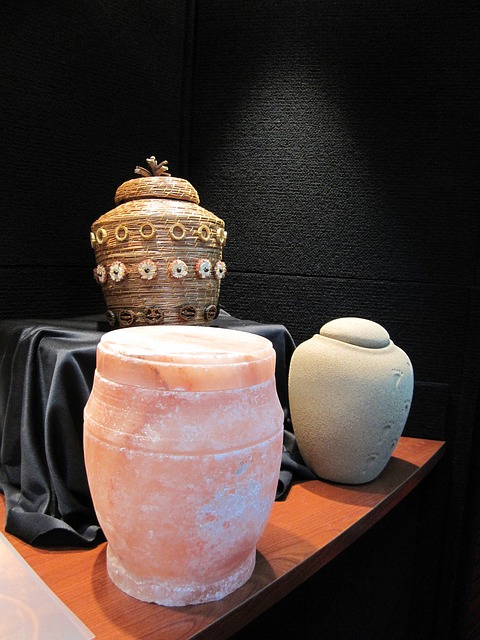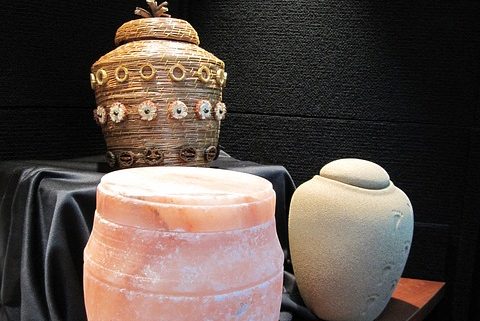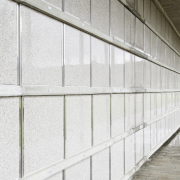Is Cremation Eco-Friendly?
 Although most people think that cremation is a modern invention, cremation services have actually been around since the ancient period. Back in the day, the early Persians and Chinese Dynasties practiced burning the dead. It became a forgotten ritual when embalming, burial, and cemeteries became en vogue.
Although most people think that cremation is a modern invention, cremation services have actually been around since the ancient period. Back in the day, the early Persians and Chinese Dynasties practiced burning the dead. It became a forgotten ritual when embalming, burial, and cemeteries became en vogue.
Today, many people are choosing cremation again as their final disposition method because it is more cost-efficient. Most studies also show the basic cremation is more eco-friendly than a traditional burial, which relies on a lot of embalming fluids and other chemicals. However, some do point out that while cremation may not be as environmentally harmful as a full-service burial, standard cremations still resort to the burning of natural gas.
Understanding the Environmental Impact
With the burning of natural gases, it is inevitable to release greenhouse gases that can further damage the already beleaguered ozone layer. Some environmental activists also point out that mercury used in amalgam types of dental fillings and prosthetic body parts release chemicals during the vaporization process.
Incineration also releases harmful toxins like dioxins and furans into the atmosphere. To fully cremate a body from bone to ash, the crematorium temperature must be between 1400 to 1800 degrees Fahrenheit. The whole procedure lasts from 45 minutes to 95 minutes, which some insist is alarming because of its potential impact on Mother Earth.
Getting Into The Nitty-Gritty
Most death service professionals assert that cremation services are no different than using your car. The Environmental Protection Agency (EPA) has not found evidence showing that crematory emissions are significant to warrant alarm. Additionally, they deem crematories to be a very minute mercury source compared with dental offices, wood-burning fireplaces, commercial boilers, diesel vehicles, etc.
Keep in mind that all crematoriums have to follow government regulations to be granted permits. These include stringent environmental safety measures they must comply with. If they fail to follow these strict protocols, they are not allowed to operate.
In addition, modern crematoriums are now relying on fuel-efficient technology. Many crematories have reverted to environmentally sustainable machines. These gadgets are touted to significantly lower the amounts of CO2 released in the environment during the cremations process. Furthermore, most crematoriums currently offer a carbon offset scheme. Those who are staunch advocates for the earth can opt for this service to assure that their carbon footprint is minimized.
Making an Informed Choice
Because burning will always emit gases into the environment, there can never be a “totally green” cremation services. Most crematories will do their best to minimize the environmental impact. If you are truly concerned about this issue, here are a few tips to help you minimize the effects of cremation on the planet.
- Check crematory compliance
If you really want to ascertain exemplary green services, you must ask the facility about their mercury emissions tests and inquire what kind of pollutant filters they use. Some crematories are equipped with filters the release a trace amount of toxins into the atmosphere. Should this be a non-negotiable for you, all you have to do is research.
- Think about medical parts
Ask your crematorium representative if they will take off and recycle medial parts, such as pacemakers or other medical implants like prosthetic limbs. Burning these items is a big no. And junking them into a landfill will also be a huge waste!
- Be discerning when it comes to the casket
To keep things green, you must pick a casket that’s crafted out of renewable and non-toxic materials. A wicker or a recycled cardboard box is a good option. You may also use an organic cotton or silk shroud to ensconce the deceased. Do note that a fancy casket is not required. You are, however, required to put the remains in a vessel. You can buy cheap cremation caskets or furnish your own from a cheaper provider with no extra costs.
- Opt for a biodegradable urn
If you choose to bury the cremation remains in a burial plot after the service, you must pick a biodegradable urn. There are cardboard, wicker, and un-lacquered wood to choose from. Note that metal, clay, or concrete urns will not biodegrade. They are the better option if you intend to store the urn.
- Contribute to a carbon fund
The amount of fossil fuel burned in a cremation service is very minute. However, if you are concerned, you can offset this choice by donating to a carbon fund. This program will use your donation to further environmental sustainability. Today, the standard offset for cremation furnace clocks in at four dollars.
Final Word
Reading about this issue ahead of time is vital. When you are faced with planning your kin’s funeral services, you may not have the time to think about the details because of emotional issues. Educating yourself now means you can make a sound decision when faced with choosing a final disposition method for your loved one.









